Handwriting is the highest level of fine motor skills for a young learner and more and more children are struggling to develop good fine motor skills. This is why teaching children print and cursive handwriting is incredibly important. If you are looking for ideas to help with fine motor before handwriting, click here.
The Importance of Handwriting
Did you know that handwriting engages the brain differently than touching a computer screen or typing? Having your child put down the technology and pick up the pencil is truly important brain work. Handwriting also helps children learn to read by helping them recall and remember letters. I believe in the importance of teaching handwriting so much that I decided to write three workbooks to help parents and teachers guide children through the learning process of handwriting.
Teaching Children Print
You always want to start with print handwriting. Once you have worked on fine motor skills, you should teach your child how to properly hold a pencil. This should happen around ages four or five. If we do this too early, it can lead to poor pencil grip as the child's hands have not developed the strength to write yet.
When children work through my Print Handwriting Book, they will:
•Grow their visual motor skills such as hand-eye coordination.
•Increase their working memory abilities.
•Strengthen their fine motor skills.
•Have increased reading fluency due to a better visual perception of letters.
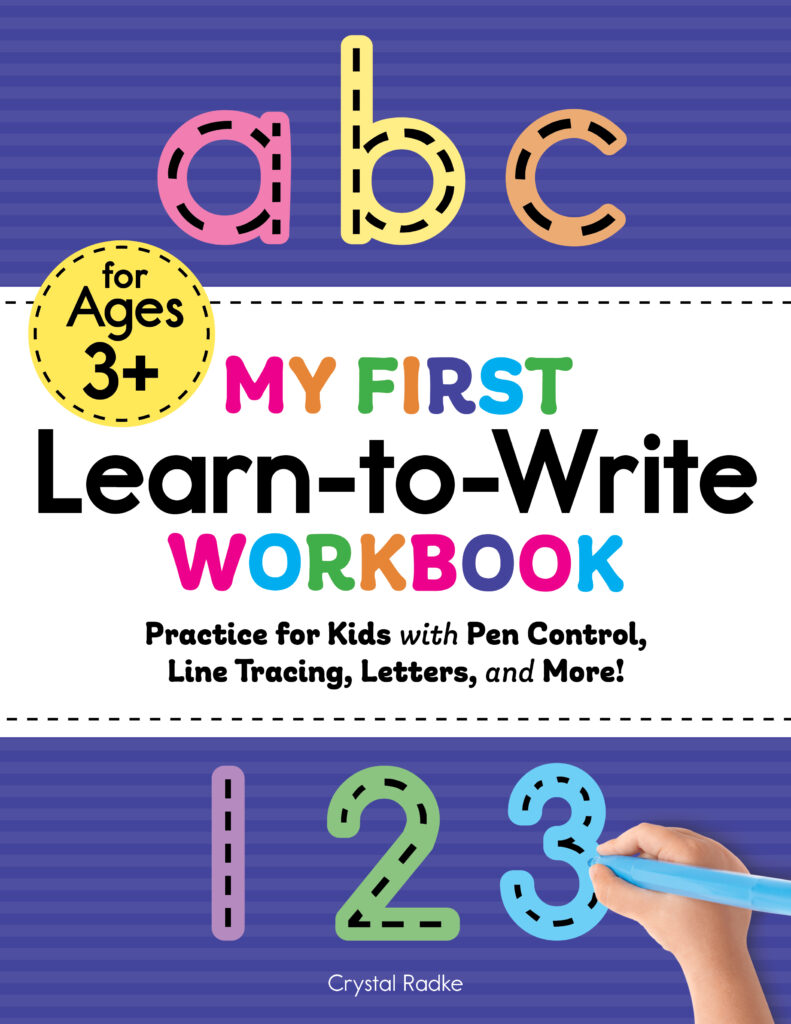
Teaching Children Cursive
Have you been watching the news lately? It's becoming an ongoing debate around the country with states wanting to make students legally required to learn cursive. Personally, I support this movement. Why? Because research suggests that learning to write in cursive activates a different part of the brain than print. I don't think adults understand how much brain work happens during the learning process and when we skip things, we are doing a disservice to children and that could absolutely leave a life long impact.
The NY Times recently shared, “If fact, learning to write inc cursive is shown to improve brain development in the areas of thinking, language and working memory. Cursive handwriting stimulates brain synapses and synchronicity between the left and right hemispheres, something absent from print and typing.” Parents and teachers, it is time we hold this information in high regard and teach children cursive again and I can help. My cursive book is not only educational but totally fun. The back section asks children to write kid friendly jokes that are sure to get them rolling in laughter. Learning and fun is a win, win in my book!
Check these out!
I really hope you love these handwriting books. If you have a younger child, I have a third book coming out later this year. Make sure you follow my Amazon Author's page.
When I started fostering, my middle son was incredibly developmentally delayed. We went through years and years of occupational therapy. As a parent, I understand how hard it can be to support your young learner. As a teacher, I encourage you to make sure you are taking the time to help your child practice handwriting properly and to provide fun and engaging fine motor activities at home. Strengthening those hand muscles is essential. Remember, they are also doing important brain work when they learn to write in print and cursive.
Happy writing!
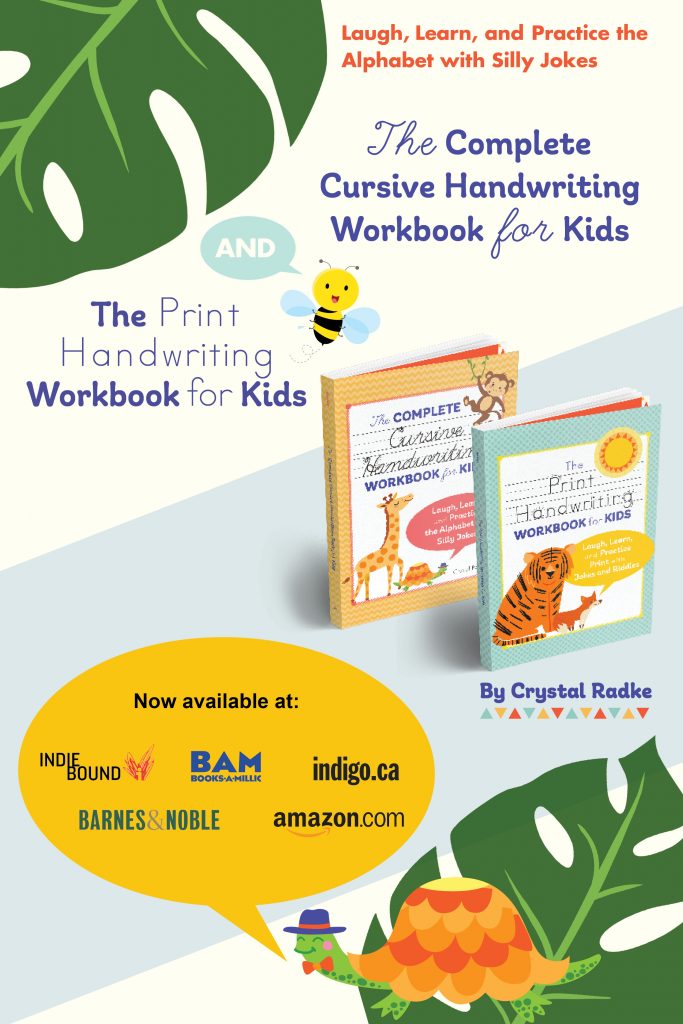
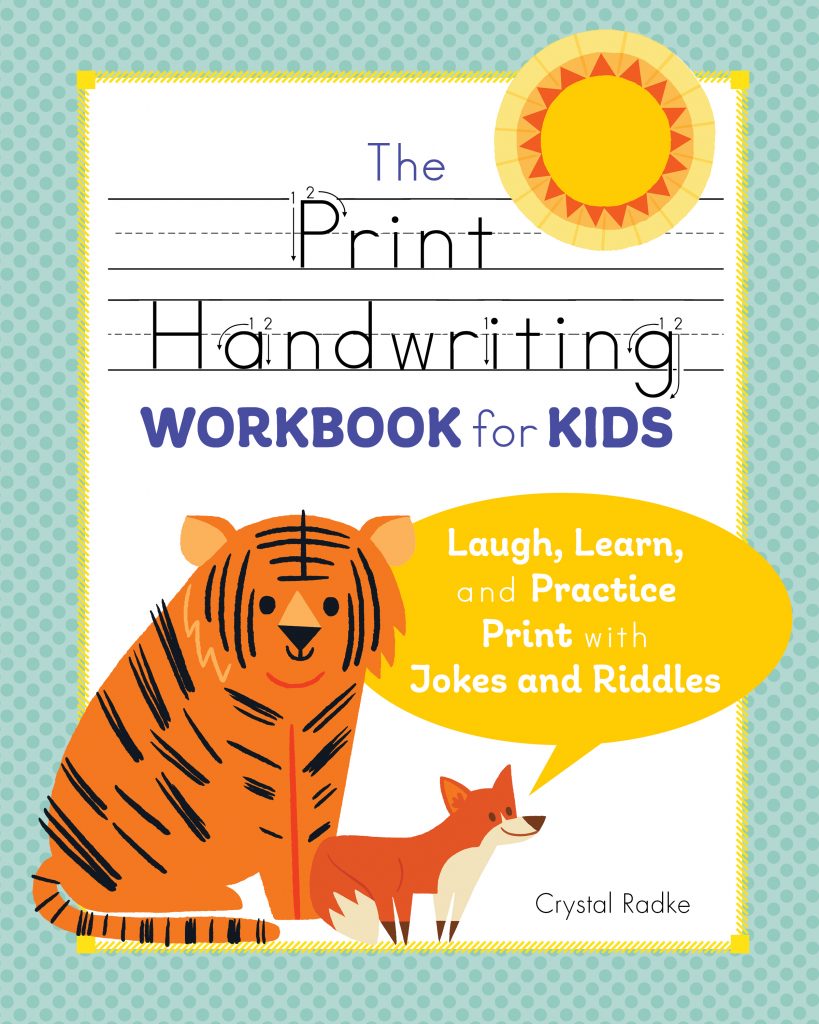
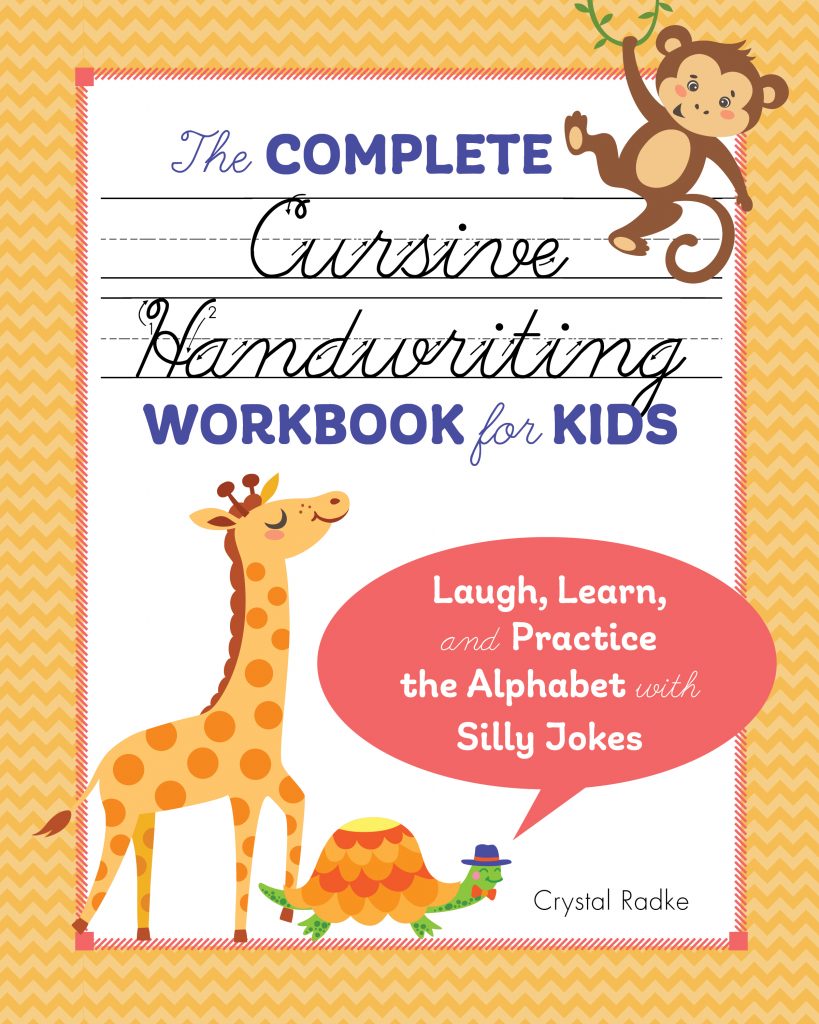





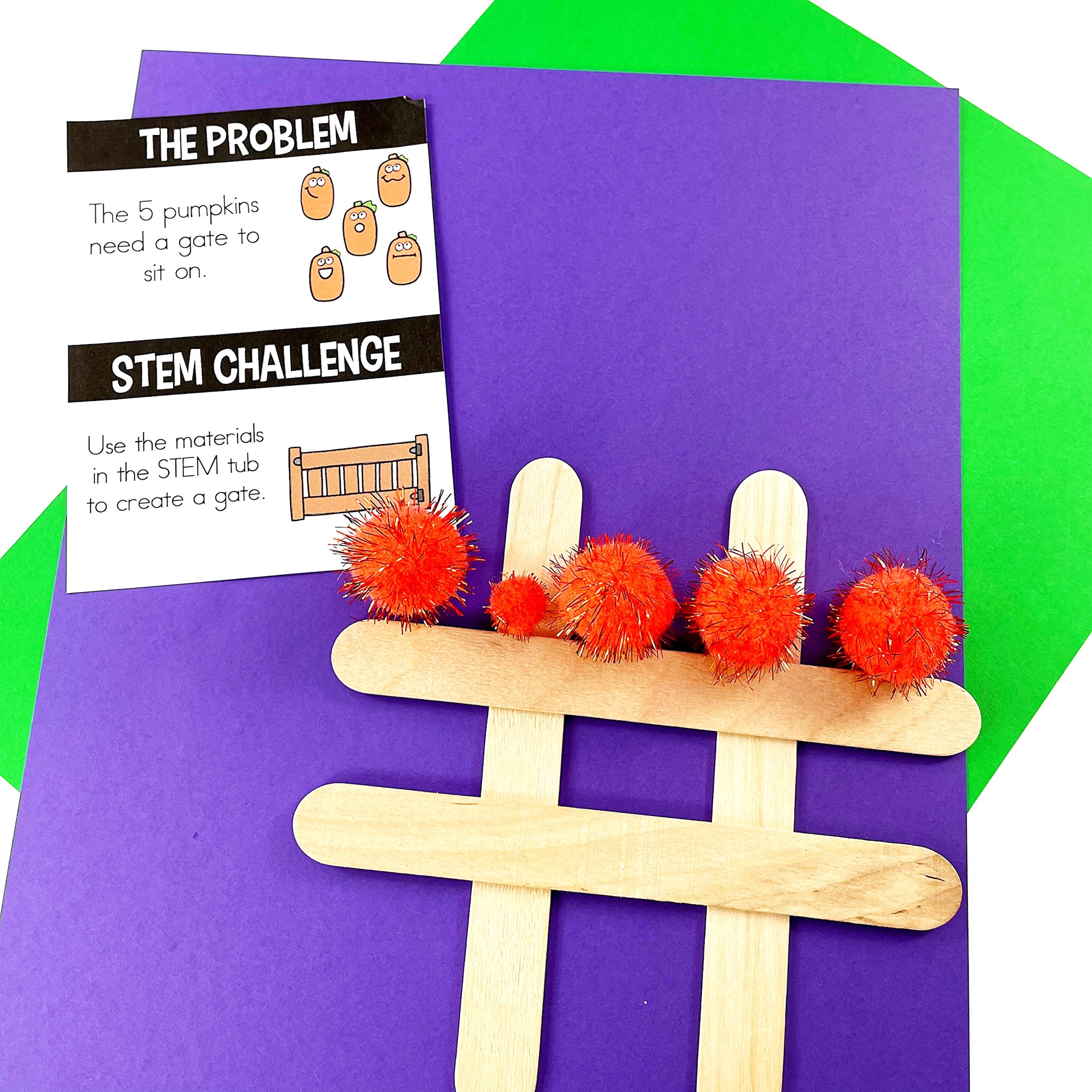


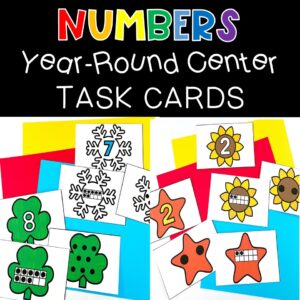

Leave a Reply